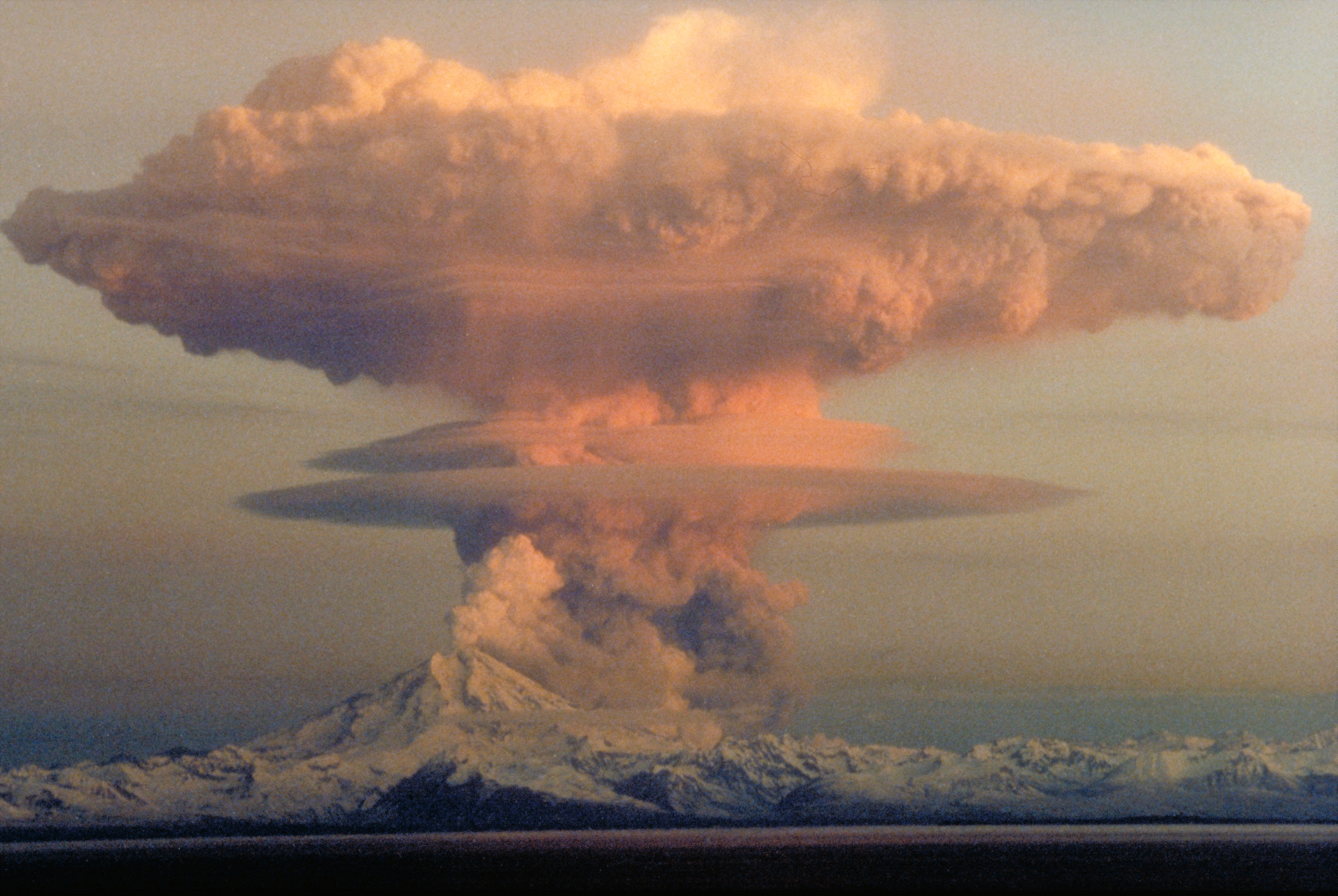Although the mountain has devastated the humans the mountain has lived in relative harmony with nature. Being in the Caribbean and having fast growing jungles covering the island, Martinique’s plant and animal population was quick to recover from the eruptions.
5.4.09
Last Eruption
Although the mountain has devastated the humans the mountain has lived in relative harmony with nature. Being in the Caribbean and having fast growing jungles covering the island, Martinique’s plant and animal population was quick to recover from the eruptions.
The Effects of the Eruption of 1902
 After the eruption of 1902, Martinique never fully recovered. The ruins of the disastrous eruption still haunt the cities and the population was tremendously decimated. Despite this, Martinique has slowly recovered over time. This recovery was largely due to the tourist trade that helped to bring the population up to 6,000.
After the eruption of 1902, Martinique never fully recovered. The ruins of the disastrous eruption still haunt the cities and the population was tremendously decimated. Despite this, Martinique has slowly recovered over time. This recovery was largely due to the tourist trade that helped to bring the population up to 6,000. (Picture: Ruins of Martinique)
Major Eruption of 1902
 no major damage. The next day a dusting of ash covered the surrounding area. But this still caused no worry with the authorities. The day after a boiling lake was discovered in its crater and the smell of sulfur was all over the city which was approximately four miles away. From the 28th to the 30th flooding occurs in the Blanche river, the Roxelane river, and the Rivière des Pères, and the black column becomes higher.
no major damage. The next day a dusting of ash covered the surrounding area. But this still caused no worry with the authorities. The day after a boiling lake was discovered in its crater and the smell of sulfur was all over the city which was approximately four miles away. From the 28th to the 30th flooding occurs in the Blanche river, the Roxelane river, and the Rivière des Pères, and the black column becomes higher.  etween 50 and 100 was the count. That night the electric grid was damaged which plunged the city into dark chaos. By the morning of the 7th, volcanic lighting had started around the top and the craters glowed effectively causing more panic. The people of the island reacted different ways. Some fled the city and island, many more journeyed to Saint-Pierre searching for safety, and meanwhile the newspapers proclaimed everything was alright in an attempt to stave off the panic driving the city. Although many had already died the worst was yet to come.
etween 50 and 100 was the count. That night the electric grid was damaged which plunged the city into dark chaos. By the morning of the 7th, volcanic lighting had started around the top and the craters glowed effectively causing more panic. The people of the island reacted different ways. Some fled the city and island, many more journeyed to Saint-Pierre searching for safety, and meanwhile the newspapers proclaimed everything was alright in an attempt to stave off the panic driving the city. Although many had already died the worst was yet to come. (Upper Right Picture: Area of Martinique effected by eruption)
Location
Type and Structure of Volcano

(Center Picture: An erupting stratovolcano)
Volcano Tectonics
 In general, volcanoes are created when magma, or molten rock, rises through the earth.s crust to the surface. The magma is usually originates from under the earth's crust, located in the mantle layer of the earth. The magma rises, melting and pushing itself up through the earth's surface. The main factor that causes the magma to rise is the properties of tectonic plates which create weak areas in the earth's crust where magma can flow through.The main reason magma is able to rise to the surface to create volcanoes is due to tectonic plates. Volcanoes are most common at areas where tectonic plates meet. At those areas, the tectonic plates are moving slowly, diverging or converging, allowing volcanoes to form in different ways.
In general, volcanoes are created when magma, or molten rock, rises through the earth.s crust to the surface. The magma is usually originates from under the earth's crust, located in the mantle layer of the earth. The magma rises, melting and pushing itself up through the earth's surface. The main factor that causes the magma to rise is the properties of tectonic plates which create weak areas in the earth's crust where magma can flow through.The main reason magma is able to rise to the surface to create volcanoes is due to tectonic plates. Volcanoes are most common at areas where tectonic plates meet. At those areas, the tectonic plates are moving slowly, diverging or converging, allowing volcanoes to form in different ways.Divergent: When tectonic plates are diverging, this leaves an opening in the earth.s crust which allows the liquid magma to flow up creating volcanoes. This normally happens in the ocean, like the Mid-Atlantic Ridge, which creates underwater volcanoes and islands.
Convergent: When tectonic plates are converging, normally one plate goes under the other. This creates a lot of friction and when the lower plate goes low enough, it begins to melt, creating magma. This magma flows upward through the upper plate melting the crust and creating a magma chamber. If the magma is restricted from flowing onto the surface, the pressure builds up in the chamber and eventually the magma is ejected through the crust as a volcanic eruption.
Mount Pelée is the result of a subducting convergence of the Atlantic and Caribbean plates. In the case of this volcano, the Atlantic plate subducts beneath the Caribbean.
(Upper Right Picture: Tectonic Plate Map)
